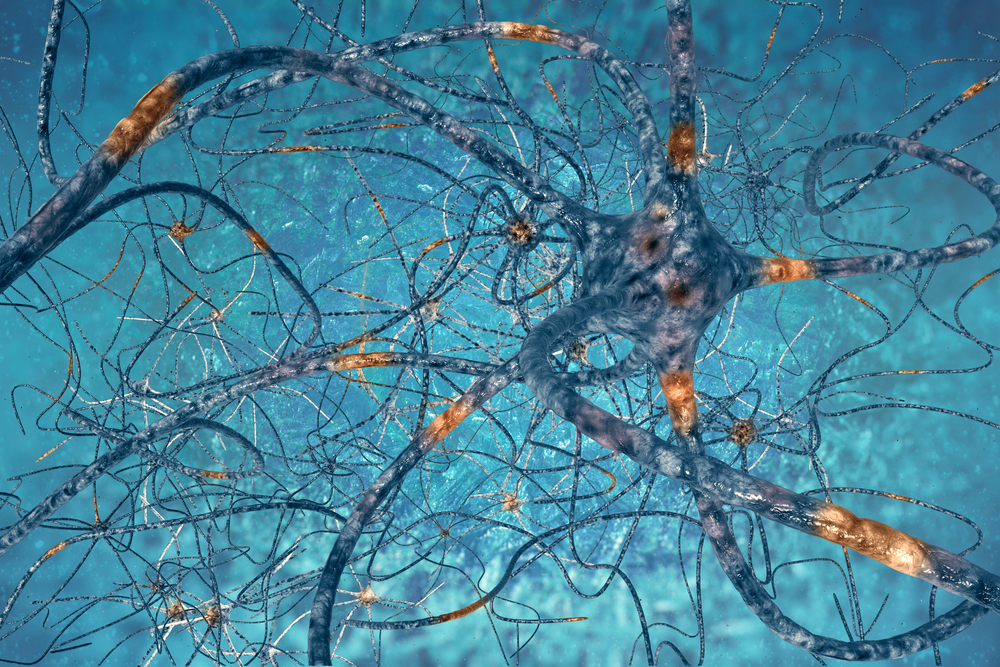CureSMA Awards $140,000 to University Professor for Research into SMN Protein
Written by |

Cure SMA has just awarded Ohio State University’s Christine Beattie, Ph.D., a $140,000 basic research funding grant for her project on spinal muscular atrophy (SMA): “Identification of SMN:HuD bound RNAs critical for motor neuron development.”
Beattie is a professor in OSU’s Department of Neuroscience. She began studying motor neurons while training at the University of Oregon, using zebrafish as a model system. Beattie claims that seeing and studying motor neurons in the animal model, and being able to study their development, allowed her to understand how to control the process.
It was after she moved to Ohio State and met Dr. Arthur Burghes, who had made some of the main genetic mouse models of SMA, that they both thought of using zebrafish as an effective way to study motor neurons under conditions of low SMN protein.
“With my background, it was a perfect fit. Once I started working on SMN and SMA, I never stopped,” Beattie said in a press release.
Individuals suffering from SMA can’t produce survival motor neuron (SMN) protein at necessary levels due to a genetic mutation in the SMN1 gene, which causes motor neurons to stop working normally and eventually die. Still, it is not yet known how the loss of SMN protein affects the bodies of patients.
“My lab has shown that when SMN levels are low, motor neurons do not develop correctly. We think that this is causing motor neurons to eventually fail. Our goal is to determine the function of SMN in motor neuron development,” Beattie said.
Beattie’s research has shown that motor neurons don’t develop normally in an SMA animal model and the team will continue to investigate how SMN protein influences motor neuron development, specifically by looking at proteins and RNAs (ribonucleic acid) that interact with SMN.
“In SMA, motor neurons fail to function properly leading to muscle paralysis. This project is important because we do not yet understand why motor neurons don’t function correctly when SMN levels are low,” Beattie said. “If we understood this, we could better design therapeutics, and it would help our overall understanding of what makes motor neurons function correctly.”






